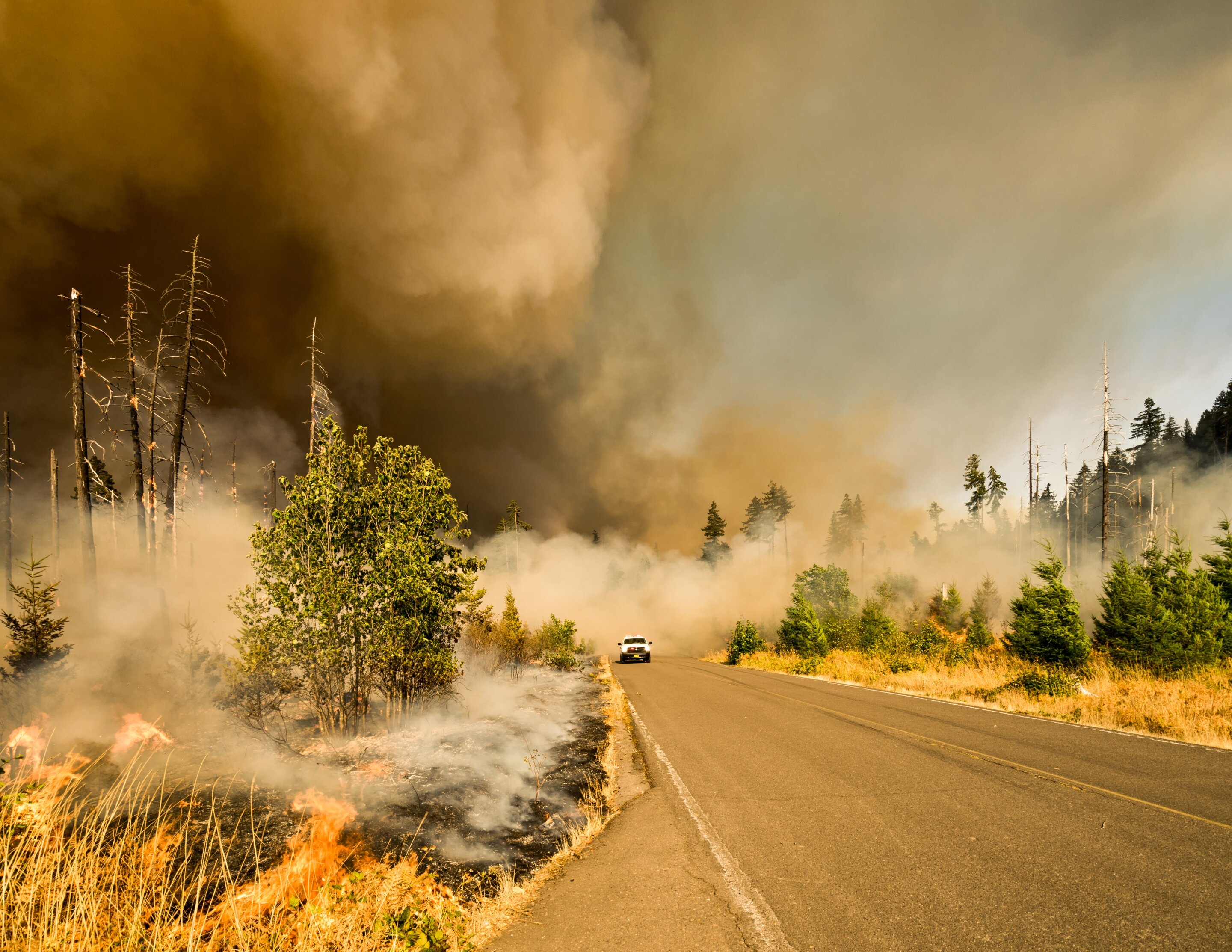While flames may be the most visual wildfire danger, experts say smoke and fire retardant slurry can have long-lasting effects on human health and the environment.
New research has linked wildfire smoke exposure to higher rates of dementia, reproductive health issues and lung and heart disease, and forest service employees say the iconic, red fire retardant slurry dropped out of planes has been linked to thousands of fish kills.
Recent studies have linked wildfire smoke exposure to increased cases of the flu, decreases in lung function, and higher rates of depression, anxiety and dementia.
The increase in influenza cases was first noticed after a bad wildfire season several years ago, and researchers believe that exposure to wildfire smoke may have made people’s lungs more susceptible to infection when exposed to the virus.
Health, environmental impacts of fire retardant
Wildfire retardants contain about 85% water, 10% ammonium phosphate fertilizer and 5% minor ingredients—including a colorant to help pilots see where the slurry has already been dropped.
It’s bad for the environment when it’s dumped into water because the ammonium phosphate turns into ammonia and ammonia is highly toxic to fish,"


